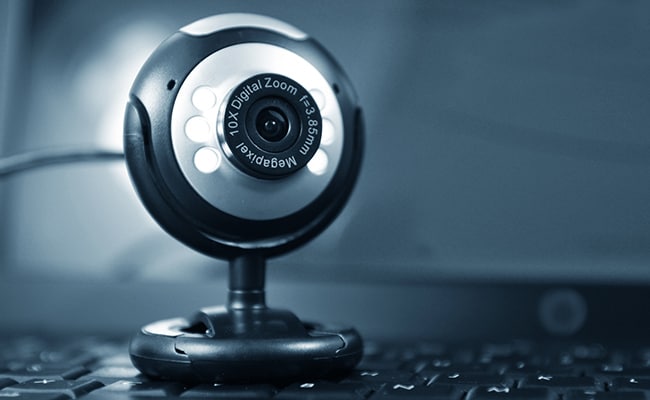When a webcam is used to witness a signature, the document is uploaded into a secure online system the notary provides and ensures it is in compliance with their state law. Both the signer and the notary log in and view the document simultaneously on their respective computer monitors.
The signer electronically signs the document by clicking a "Sign Here" button or similar button, and the signer verbally acknowledges his intent to sign the document to the notary.
Next, the notary countersigns the document by clicking a similar "Notarize Here" button. When the notary clicks the button, the notary's commission information, including the notary's full name, date of commission expiration and commission number, is affixed to the document along with the notary's electronic signature.
The electronic signature of the notary and the signer would appear as a "script font," much like this example:
Jane Doe
The law requires both the signer's signature and the notary's signature and commission information be affixed to the electronic document using tamper–evident technology. Any attempt to modify the document after notarization would be detectable to anyone viewing the document. This tamper–evident technology would prevent fraudulent alteration of the document.
The notary must maintain a copy of the recording of the video and audio conference and a notation of the type of any other identification used for five years.
To ensure remote electronic signing is more reliable and resistant to fraud and manipulation than traditional notarization, the remote notary must confirm the identity of the signer by using one of three methods:
- Personal knowledge;
- Reliance on prior in–person identity proofing by a trusted third party which is confirmed electronically with independent database checks; or,
- Reliance on the signer's use of a digital certificate authenticated either by a biometric or a high–security Personal Identity Verification (PIV) card (used by government employees and contractors).
In October 2015, Montana began permitting its notaries to perform webcam notarizations under specifically defined circumstances. Florida also authorized webcam notarizations, but is limiting the practice to certain law enforcement and correctional officers who are authorized to administer oaths and affirmations.
Although this process may be legal in Florida, Montana and Virginia, it does not mean the Company must insure transactions — which include documents — notarized in this manner. Transactions where the documents have been notarized in this manner or where the principals have asked if they can use a notary via webcam should be referred to Underwriting or National Escrow Administration at settlement@fnf.com for assistance.
This is an Article from an FNF magazine (Lisa Tyler, Editor), and I feel that it is extremely relevant and where or tech is pushing us towards...
YOUR THOUGHTS?
Ryan J Orr
This is an Article from an FNF magazine (Lisa Tyler, Editor), and I feel that it is extremely relevant and where or tech is pushing us towards...
YOUR THOUGHTS?
Ryan J Orr


No comments:
Post a Comment